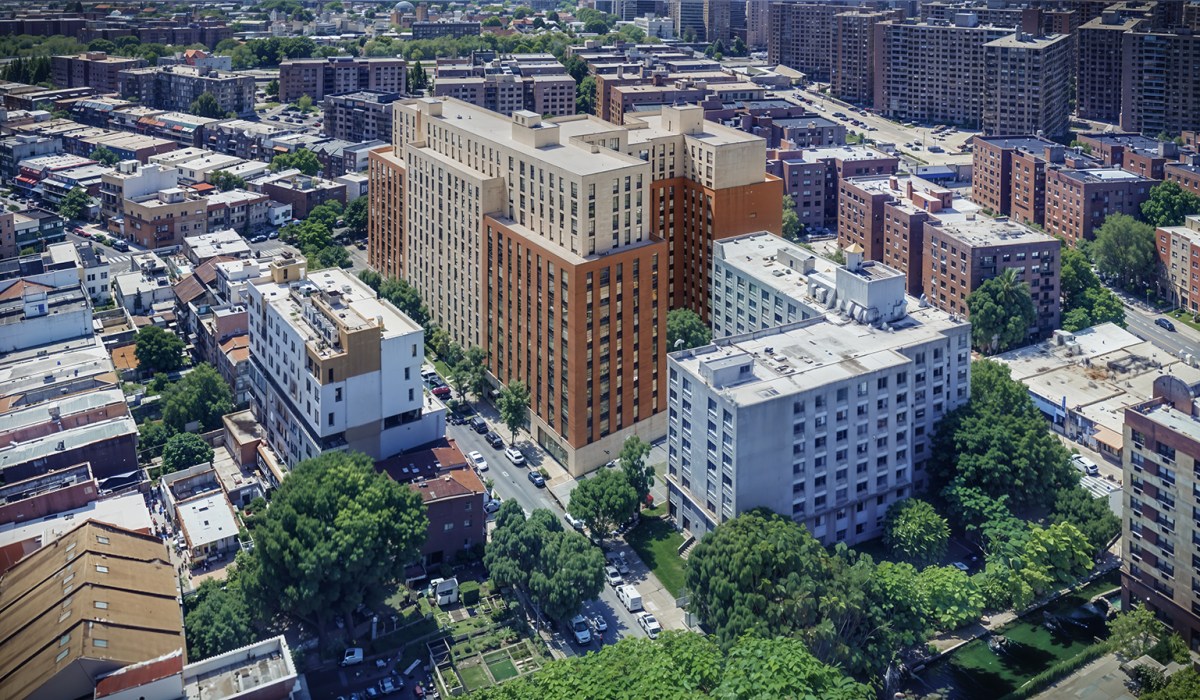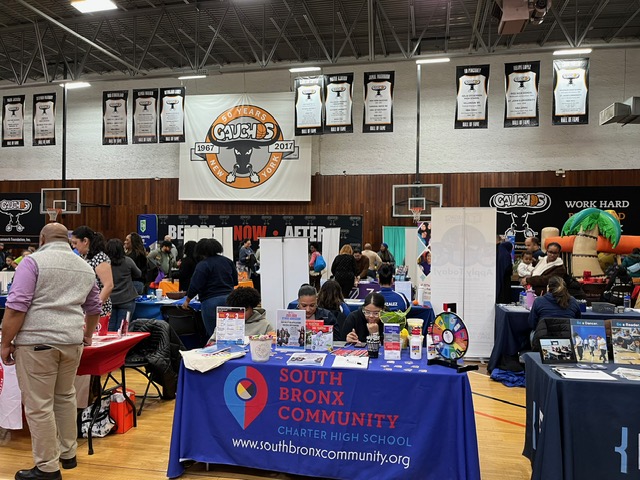
Nearly 500 neighborhood pharmacies in the city are considering cutting hours or staff this year because of financial concerns, according to a recent survey.
Small pharmacies are being “choked” by pharmacy benefits managers (PBMs) that control how much they get reimbursed for drugs purchased by customers through insurance plans. Acting as a middleman between insurers and pharmacies, PBMs charge insurers and pay the pharmacy, rather than the insurer paying the pharmacy directly. But the price the pharmacy gets from the PBM can be less than what it originally paid for the drug, according to multiple pharmacists.
“The pharmacy is the only business where you actually lose money when you give out a product,” said Keith Lewis, the supervising pharmacist and owner of the 79th Street Pharmacy on the Upper West Side.
According to a survey of 532 pharmacies, conducted by the New York City Pharmacists Society in early January, 99 percent are concerned that PBM practices will jeopardize their business in 2019, 70 percent had already reduced store hours or laid off employees in 2018 because of the PBMs and 92 percent were considering making cuts this year, a spokesman for the NYC Pharmacists Society said.

“Over the last year, I’ve cut everything that I could cut,” said Nicky Legakis, pharmacist and the owner of NoLita Chemists, which has been in the neighborhood for about 30 years. “We’ve cut our store hours, we’ve cut the staff and I cut my pay a long time ago … we’re on track to be bankrupt and destroyed.”
Lewis said he tries to offer other products at his store to make up the loss in revenue, but the low reimbursements, coupled with the high rent in the city, are “scary.”
The contracts that PBMs have with insurers are private, so pharmacists don’t know how much the insurer pays for drugs or how much the PBMs are pocketing.
“The number one thing we need in our industry is transparency,” said Vincent Mazzamuto, pharmacist and co-owner of Sedgwick Pharmacy, which has been in the north Bronx since 1978. “No one knows how these PBMs operate.”
When the pharmacists ask the PBM why the payment they receive doesn’t cover the cost of the drug, they don’t get answers, Legakis said.

“You call them up and it’s a wild goose chase,” he said.
The pharmacists worry that if nothing changes, the unique relationships community pharmacies build with customers will be lost.
“What the community pharmacy can offer to the customer, the chain can’t,” Legakis said. “They have my home number, they call me when I’m not here with questions.”
Lewis and Mazzamuto described similar relationships with customers and said they chose this business to help people.
“Folks look to the community pharmacy to address many of their health care needs and we feel that’s in jeopardy,” Mazzamuto said.






























